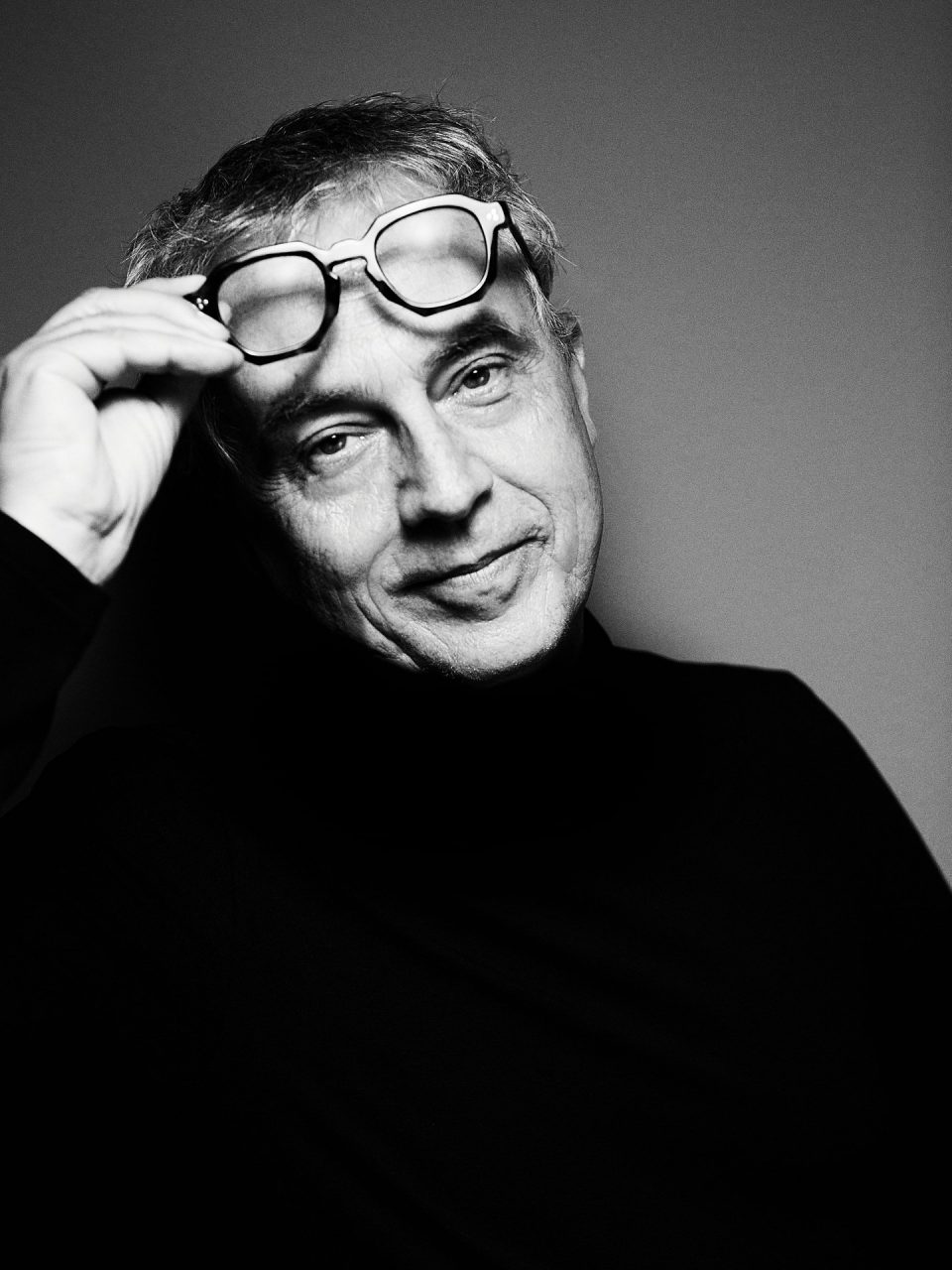Stefano Boeri is a world-renowned Italian architect, as well as an urban planner and academic. President of the Milan Triennale design museum, he is a professor at several European universities. His studio Stefano Boeri Architetti designed the Bosco Verticale (or “vertical forest”) in Milan, now an international symbol of the fusion of nature and architecture.

His dream is to create an “archipelago city” made up of island-like neighborhoods, surrounded by public greenery and served by efficient and sustainable transport systems. After his “vertical forest” in Milan, now replicated in cities around the world, architect Stefano Boeri talks about the future of urban regeneration – a process that Covid-19 has accelerated. Its next stages pose an important challenge to Italy, where redevelopment of both cities and small towns is now a crucial talking point.
In your latest book, “Urbania,” you discuss the city of the future, among other topics. What will the city of tomorrow look like?
“As always, there’s a difference between how I’d like for things to go and how I think they actually will go. Personally, I’d like to see a city that can offer all residents more ease in their daily lives and better access to services for all. The fundamental problem is that we need to rediscover the value of the neighborhood, the village, the ward. For this to be a reality, I imagine an archipelago-like city, where the various neighborhoods within are crisscrossed by pedestrian streets, and a sea of greenery surrounds everything, with lengthy passageways and green boulevards, and a sustainable public transit system with private forms of transport reduced to a minimum.”
When did the idea come to you that nature could co-exist so closely with urban development?
“For at least twenty years now, I’ve been working on this project and it’s become almost an obsession. The idea is that living nature should come back to us and live near our homes. We need nature because it helps us breathe better, reduce heat, and clean our air. On rooftops, in driveways, we need to make a concerted effort to incorporate more nature everywhere.”
New “vertical forests” will soon come to life in various European cities, right?
“We’ve undertaken new projects in various European cities. We inaugurated a vertical forest in Eindhoven in social housing for young students, showing that this kind of urban architecture is not the exclusive terrain of wealthy families. We then launched another project in Antwerp where urban forests are spread over all the rooftops of different buildings. Additionally, in Milan, we’ve got two interesting vertical garden projects underway: one on the Navigli canal district, and one in the more peripheral area of via Melchiorre Gioia, totally different from the previous rendition. In one of these, we’re even using wood in the construction process.”
In Mexico you’ve done even more – making a whole “forest city,” right?
“It’s a small town near Cancun, where we redeveloped an entire village that had grown out of the middle of a mangrove forest with about 7 million trees. Originally there was a terrible amount of concrete, but the local government halted the construction of a huge shopping center and tasked us with transforming that area into a forest city.”
In the last few weeks in Glasgow, there’s been a debate around what steps are needed to reduce global pollution. What can architecture do to support this challenge?
“Architecture has a significant role, because it has to address the issue of energy production effectively. On the one hand, it needs to aim for “green buildings,” where both the construction phase and the life phase pollute as little as possible; on the other, it needs to advocate for sustainable mobility. That means bicycles, but also ‘green’ modes of public transport, such as electric trains and subways. In Padua, for example, a city of about 150,000 residents, we’ve created a plan for the city administration that includes a proposal to triple the number of rail lines.”
What’s needed for Italian cities to progress toward becoming true “smart cities,” as other major metropolises like Barcelona and Singapore have done?
“’Smart’ is a catch-all term. If a city wants to be truly ‘smart’, just providing information to its citizens isn’t enough. Instead, it has to let citizens play an active role in decision making. For example, if a sensor can tell me that the air near a school is particularly polluted, I also need to implement a protocol that will facilitate the active participation of citizens in the choices of political authorities.”
Has Covid changed the expectations people have for the spaces they live in? Better comfort, more livability, better technologies?
“For architects, Covid wasn’t a revolution but just an accelerator of some trends that were already on the rise. It heightened our relationships with greenery and brought on new ideas about mobility, as well as a stronger push for renewable energies. The key issue in Italy today is urban requalification. We have thousands of abandoned historical villages and making them live again is a big job. Plus, there are four million buildings that are now too old and polluting, and which need to be demolished and rebuilt. This is the great challenge for the future.”
Today we hear a lot of talk of “carbon positive” buildings that not only don’t pollute, but actually improve the air quality around them. In your view, what’s the next frontier in terms of sustainable buildings?
“This is another of the frontiers of urban architecture. This is what we are trying to do with the new vertical forests – buildings that, in addition to the nature aspect, are also built entirely of wood, with incredible “carbon positive” effects that make the building entirely self-sufficient from an energy standpoint. This is an extraordinary model of urban planning for the future.”

